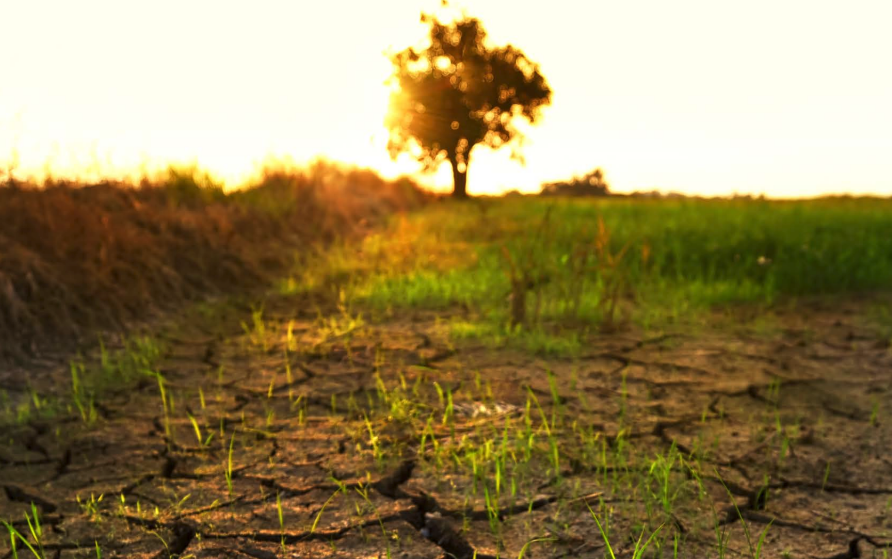Spatiotemporal Drought Assessment by Leveraging Google Earth Engine Platform
This online course introduces the participants to Earth Engine Code Editor platform and the implementation of drought detection and monitoring algorithm using passive and active remote sensing.


Course Start
Dec 29, 2022

Course End
Dec 15, 2026
Duration
10 hours
Certificate
No
About this Course
Google Earth Engine is a cloud-based geospatial remote sensing processing platform, complete with an extensive public data catalogue. The Earth Engine API is available in Python and JavaScript, making it easy to harness the power of Google’s cloud for your own geospatial analysis. It provides ready-to-use, cloud-hosted datasets and a large pool of servers. It is also faster than traditional software and can reduce the processing time in half. Earth Engine also has many datasets available in its repository that users with limited coding backgrounds can readily and easily use. This platform is where users can write and execute scripts to share and repeat geospatial analysis and processing workflows, such as surface water detection, land cover mapping, biomass estimation, etc.
This online course introduces the participants to Earth Engine Code Editor platform, explore some basic programming concepts to process and analyse optical remote sensing datasets (e.g. MODIS, SMAP, TRMM, GPM etc.) and products (KBDI, PDSI, etc.) for local to global scale drought mapping, monitoring using indices and processes including:
- Simple Drought Indices (VCI, TCI, PCI, SMCI, etc.)
- Integrated Drought Indices (VHI, NDDI, DSI, PDSI, KBDI etc.)
- Spatiotemporal Analysis of Drought Indices
- Zonal Statistics and Hotspot Analysis of Drought affected areas
The course will be structured with presentations and demonstrations to introduce material, followed by assessments that participants complete individually.
What you will learn
After completing the course, the participants will be able to:
- Understand the GEE Code Editor platform
- Explore and develop a range of simple to integrated drought indices using remotely sensed datasets
- Identify the drought affected areas by calculation the anomalies and defining the standardized drought severity ranges
- Understand drought time series analysis of certain areas to be used in spatial planning and long term decision making process
Specific knowledge and skills gained:
- Knowledge of key JavaScript concepts and Earth Engine syntax.
- Ability to access Earth observation data from various public data catalogs on a cloud platform.
- Implement various surface water detection methods in Earth Engine at the national, regional and global scale.
Target Audience
Drought, water and disaster management professionals and postgraduate students with interests in using big data and cloud computing to map and monitor drought
Course developed by
Mir Matin
Senior Researcher: Water Resources Management
United Nations University Institute for Water, Environment and Health
Hamid Mehmood
Economic Affairs Officer
United Nations Economic and Social Commission for Asia and the Pacific
Hammad Gilani
Researcher – Remote Sensing and GIS
International Water Management Institute
Note
This course has been jointly developed by UNU Institute for Water, Environment and Health and United Nations Economic and Social Commission for Asia and the Pacific under the project titled "Enhancing the capacity of developing countries in Central Asia on effective use of space applications for drought monitoring and early warning through the Regional Drought Mechanism" funded by the Government of the Russian Federation.